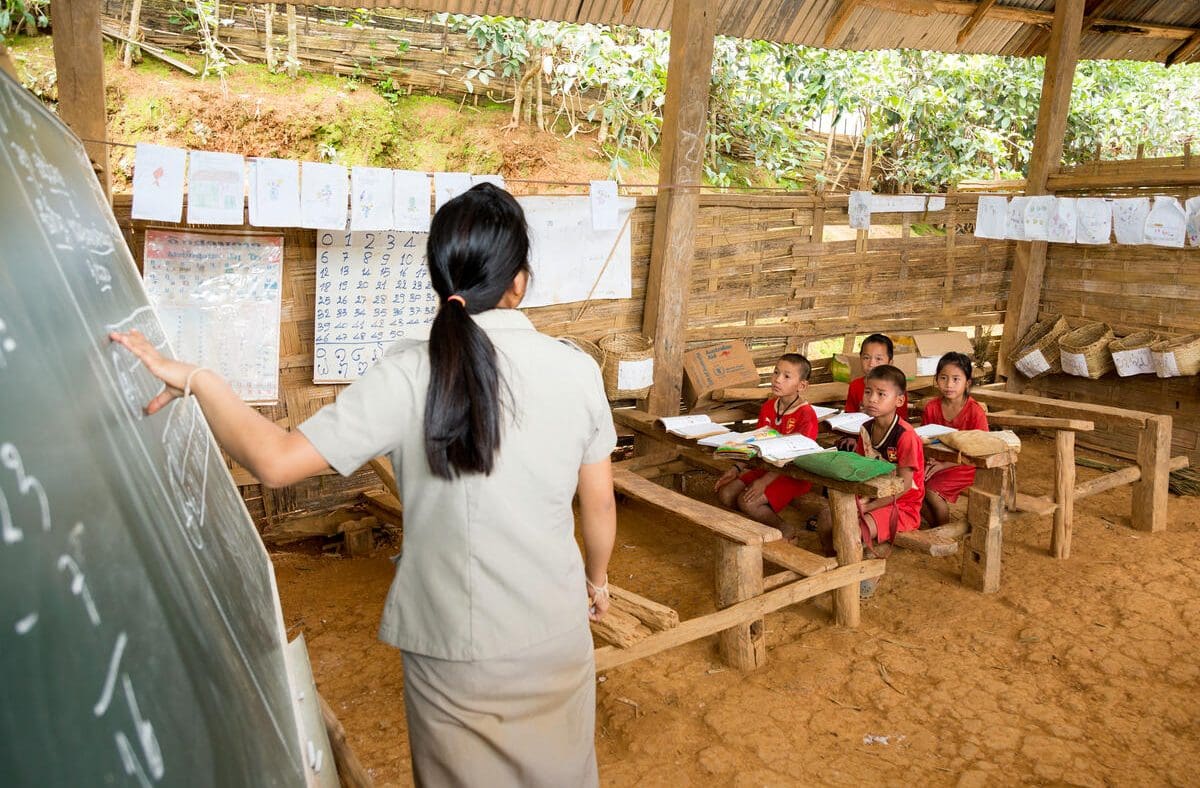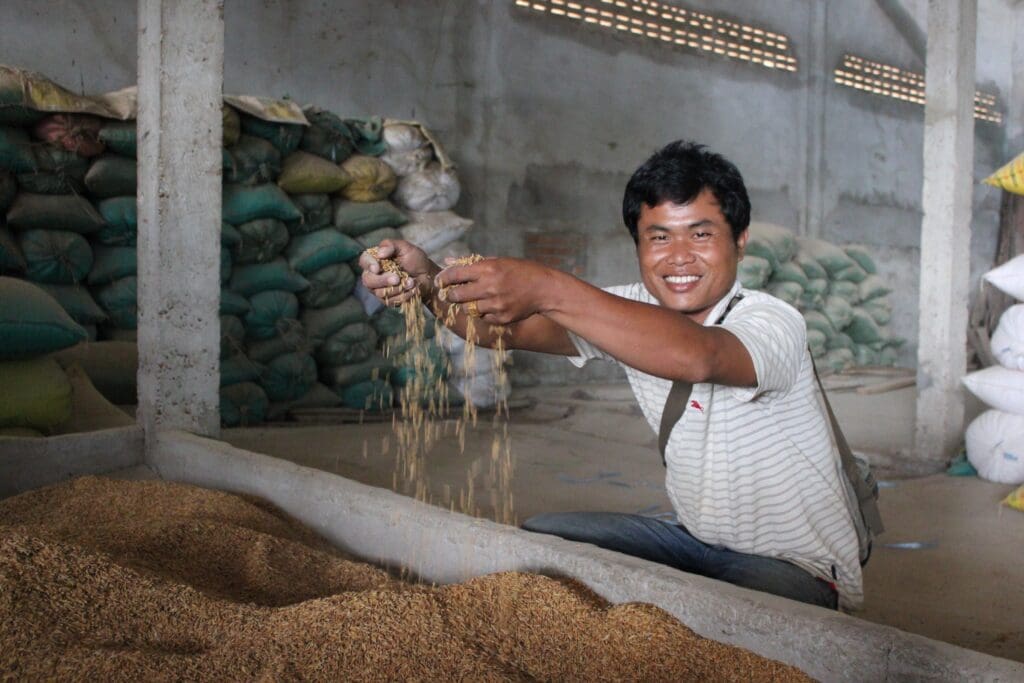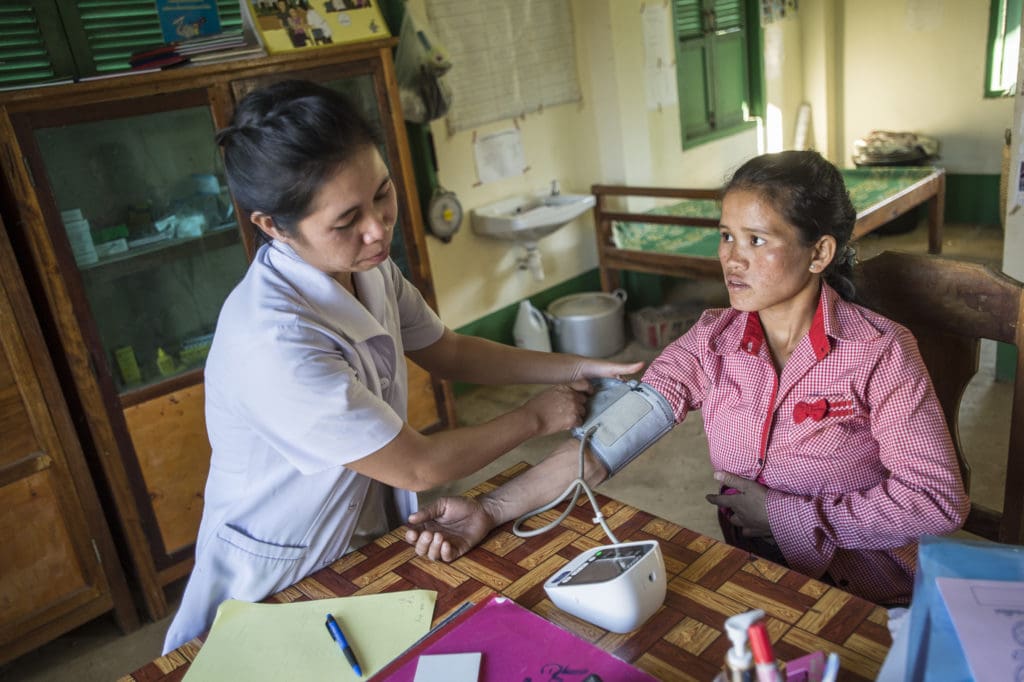
Lao People’s
Democratic Republic
Lao PDR has seen a decrease in poverty, but despite these improvements, nutrition and food insecurity remain a persistent problem, especially among low-income families in rural areas
Growing Economy
The Lao People’s Democratic Republic (Lao PDR) has one of the lowest population densities in Asia. It is predominantly rural country with a population of 7.2 million people who live in over 10,000 villages in remote, ethnically diverse areas.
In recent years, Lao PDR ranked as one of the fastest growing economies in East Asia and the Pacific but the benefits are not evenly spread across regions. 23% of the population lives below the national poverty line ($1.25/day). The country is ranked 137 out of 162 countries in the 2020 Gender Inequality Index. Almost 20% of the population already experienced moderate to severe food insecurity before the COVID-19 pandemic.
Three quarters of families are engaged in agriculture. Whether in irrigated paddies in the valleys or in rain-fed fields upland, rice is cultivated by 90% of farmers and constitutes the main staple food. Only one third of farmers grow additional crops. Coupled with the declining availability of forest foods due to deforestation and unsustainable gathering methods, the diets of vulnerable communities lack diversity.


WFP’s Work in Lao PDR
WFP has been present in the country since 1975. The UN agency supports the Lao Government’s vision of “a prosperous country, with a healthy population, free from food insecurity, malnutrition and poverty.” In its approach, WFP is gradually shifting from the delivery of services to building the capacity of both institutions and communities to address the challenges of food insecurity and malnutrition:
- Nutrition: WFP provides pregnant women and nursing mothers with nutritional support through supplementary food and food rations. For children between 6 months and 23 months of age, WFP provides micronutrient supplements. The program ensures nutritional balance to prevent chronic malnutrition.
- School meals: WFP has been working in partnership with the government of Lao PDR on promoting access to nutritious food for school-age children for two decades, especially in remote and ethnically diverse areas. The transition from implementing an integrated package of support in schools towards a government-led and community-driven food safety net is ongoing.
- Building resilience: Targeting people in disaster-affected or areas at higher risk of hunger, WFP works on building the resilience of communities to enhance food and nutrition security all year round.
- Emergency response: WFP provides nutritious food and cash assistance to help meet the essential needs of crisis-affected people when needs exceed the government’s capacity to respond. These vulnerable groups include people affected by disasters, seasonal food insecurity or loss of income and livelihoods due to health and economic shocks